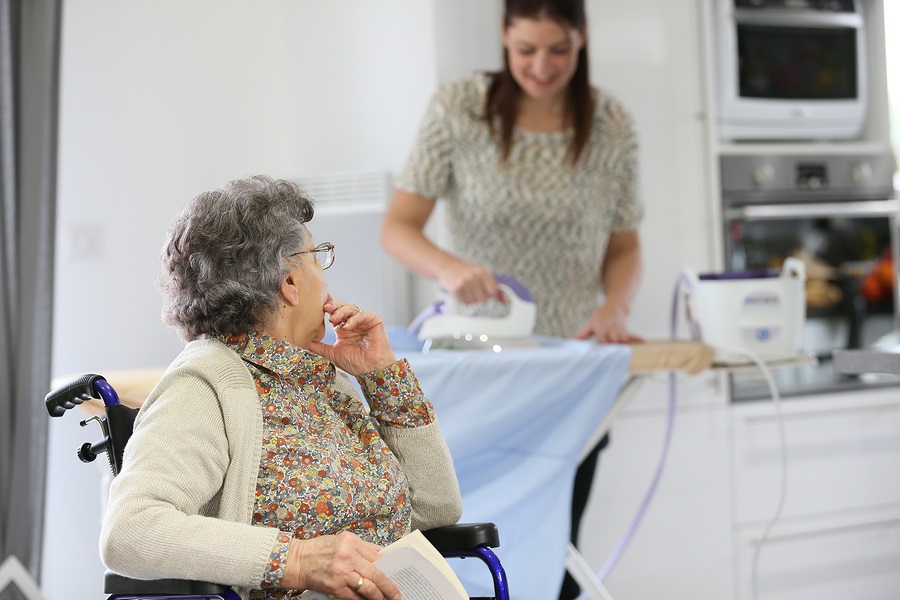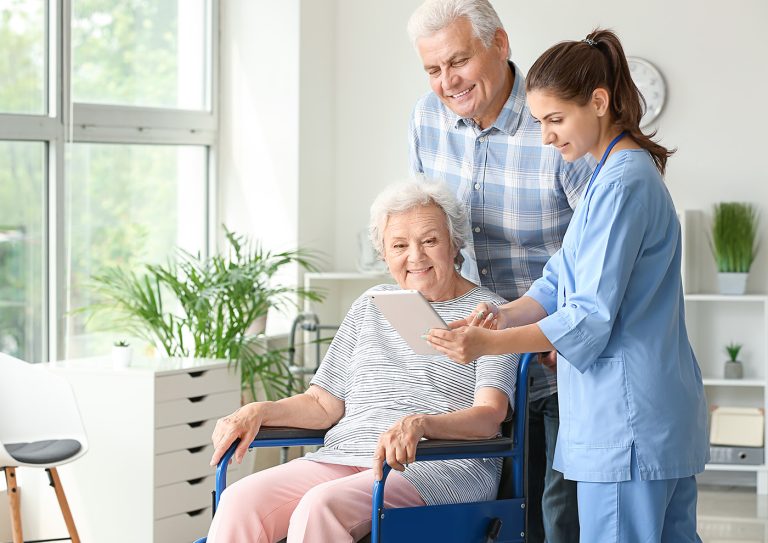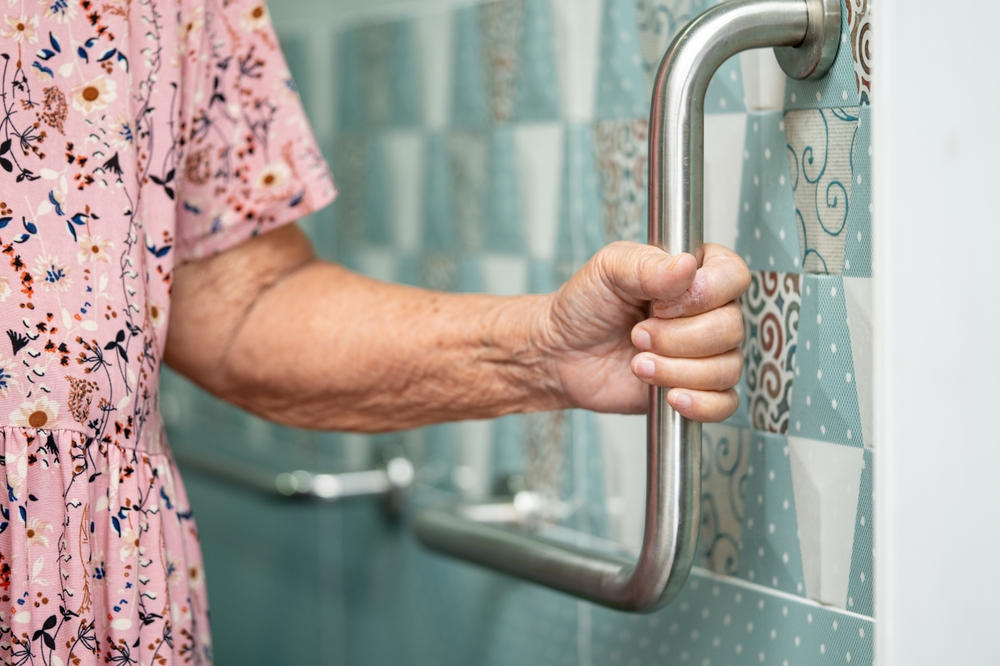As we age, maintaining stability and preventing falls become crucial aspects of daily life. The risks of falling for older adults can have significant consequences, impacting not only physical health but also emotional well-being. Addressing these risks is vital for family caregivers who strive to ensure the safety and health of their loved ones.
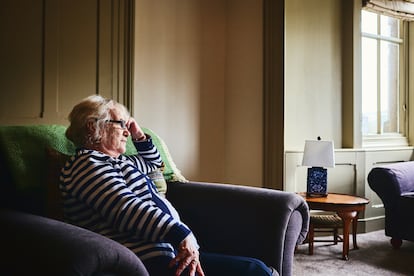
Why Older Adults Are More Prone to Falls
The aging process brings about changes in balance, vision, and muscle strength, making falls more likely. Understanding these changes helps in creating effective prevention strategies.
The Role of Balance and Strength
As people age, muscle mass and bone density tend to decrease. This reduction affects balance and physical strength, increasing the likelihood of falls. Engaging in regular physical activity can help mitigate these changes.
Vision and Hearing Impairments
Vision and hearing impairments can also contribute to the risks of falling for older adults. Ensuring regular check-ups and wearing appropriate corrective devices can significantly reduce these risks.
Environmental Hazards in the Home
Many falls occur within the home environment. Identifying and mitigating hazards can greatly reduce the risk.
Common Household Hazards
Loose rugs, clutter, and poor lighting are common household hazards. Simple modifications, such as securing rugs and improving lighting, can make a significant difference.
Bathroom Safety
Bathrooms can be particularly dangerous due to wet surfaces. Installing grab bars and using non-slip mats are effective measures to enhance safety.
The Impact of Medications
Many older adults take medications that can affect balance and coordination. It’s important to review medications regularly with healthcare providers to minimize these risks.
Potential Side Effects
Some medications can cause dizziness or drowsiness, increasing the likelihood of falls. Adjusting dosages or switching medications can help manage these side effects.
Preventive Measures and Solutions
There are several strategies to help prevent falls and promote safety for older adults.
Exercise and Physical Activity
Engaging in regular exercise, such as balance and strength training, can significantly reduce the risk of falls. Programs tailored for older adults are widely available.
Assistive Devices and Technologies
Using assistive devices like canes and walkers can provide additional support. Additionally, fall detection wristbands offer advanced safety features that alert caregivers in case of a fall.
The Role of Family Caregivers
Family caregivers play a vital role in fall prevention by creating safe environments and encouraging healthy habits.
Educating and Empowering
Educating older adults about the importance of fall prevention and empowering them to take proactive measures can lead to better outcomes.
Regular Health Check-ups
Regular health check-ups can identify potential risk factors early on. Family caregivers can help coordinate these appointments and follow-up care.
Myths and Misconceptions
There are several myths surrounding falls in older adults. Dispelling these myths can lead to more effective prevention strategies.
Myth: Falls Are Inevitable
Many believe that falls are an inevitable part of aging. However, with the right precautions, many falls can be prevented.
Myth: Limiting Activity Prevents Falls
Contrary to popular belief, limiting activity can actually increase the risk of falls. Encouraging safe physical activity is key.
Conclusion
Addressing the risks of falling for older adults requires a comprehensive approach involving physical, environmental, and lifestyle changes. By understanding and mitigating these risks, family caregivers can help older adults maintain their independence and quality of life.
Further Resources
For more information on fall prevention, visit Physio-Pedia for detailed insights and strategies.
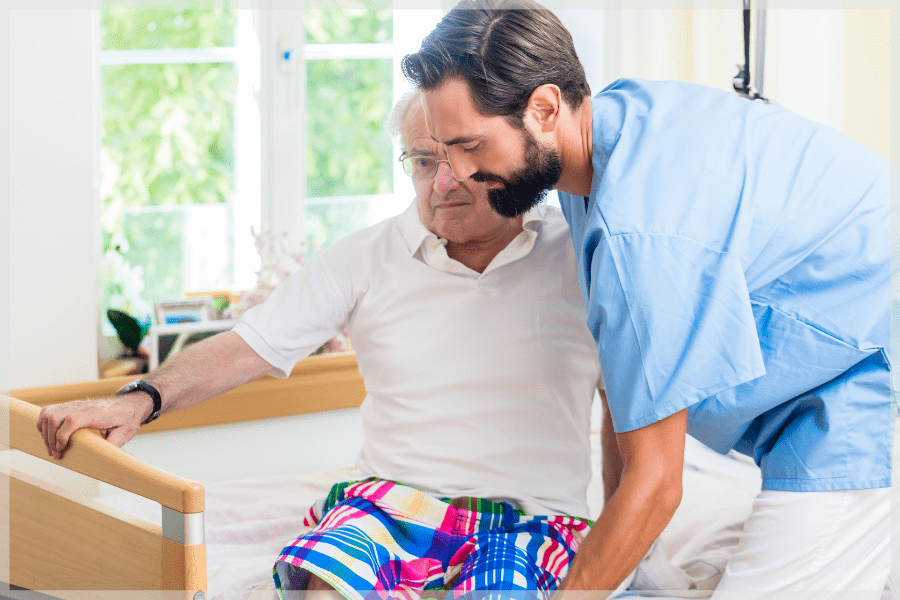
FAQs
1. What are the common causes of falls in older adults?
Common causes include balance issues, vision impairments, medication side effects, and environmental hazards.
2. How can family caregivers help prevent falls?
Family caregivers can help by creating a safe home environment, encouraging regular exercise, and ensuring regular health check-ups.
3. Are there any technologies that can help prevent falls?
Yes, technologies such as fall detection devices can alert caregivers if a fall occurs, providing timely assistance.
This article contains affiliate links. We may earn a commission at no extra cost to you.

